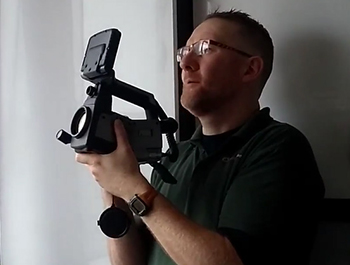Quantitative v. Qualitative Thermal Imaging Inspections
As with many technological devices that are used for specific measurement, Thermal Imaging cameras need to be calibrated on a regular basis.
A lot of suppliers advise this should be done annually.
Many Thermographers will not require this as their business is by and large Qualitative.
Some clients will ask for the calibration certificate before they will commission an inspection company, if this happens it is in their interest to have it calibrated or they will lose business. It is really down to the inspection company and their range of applications to decide whether this is necessary. With Thermal Imaging inspections there are two most common types of inspection. Quantitative inspections are done with a Thermal Imaging camera and another temperature measuring tool for specific and exact data. This type of inspection requires more data on environmental conditions such as emissivity and reflectivity.
The Emissivity of an object can be simply described as the amount of energy that that object emits or radiates at a certain temperature in comparison to what is known in the Thermal imaging world as blackbody at the same temperature. A blackbody is an object that takes in any radiation that it encounters and then emits that radiation inversely. Simply put it is a good absorber, and emitter of radiation. Reflectivity is radiance that is reflected back off an object before it is absorbed by that object as thermal energy. Mechanical, electrical and process inspections are mainly Quantitative.
Qualitative inspections are done with a Thermal Imaging camera only, and the importance is to get a good clean crisp image where specific and exact data is not required. In other words qualitative Thermography can be considered or described as the simplest type with factors like emissivity, reflection not being taken into account. It is of paramount importance therefore that Thermal Images in qualitative inspections are of the highest quality and very well focussed with the outline of the subject of the Image very clean and discernible. This enables better and easier interpretation of images once the Thermographer gets back to the office to analyse the data gathered in the field to create the report. Building inspections are generally qualitative.


